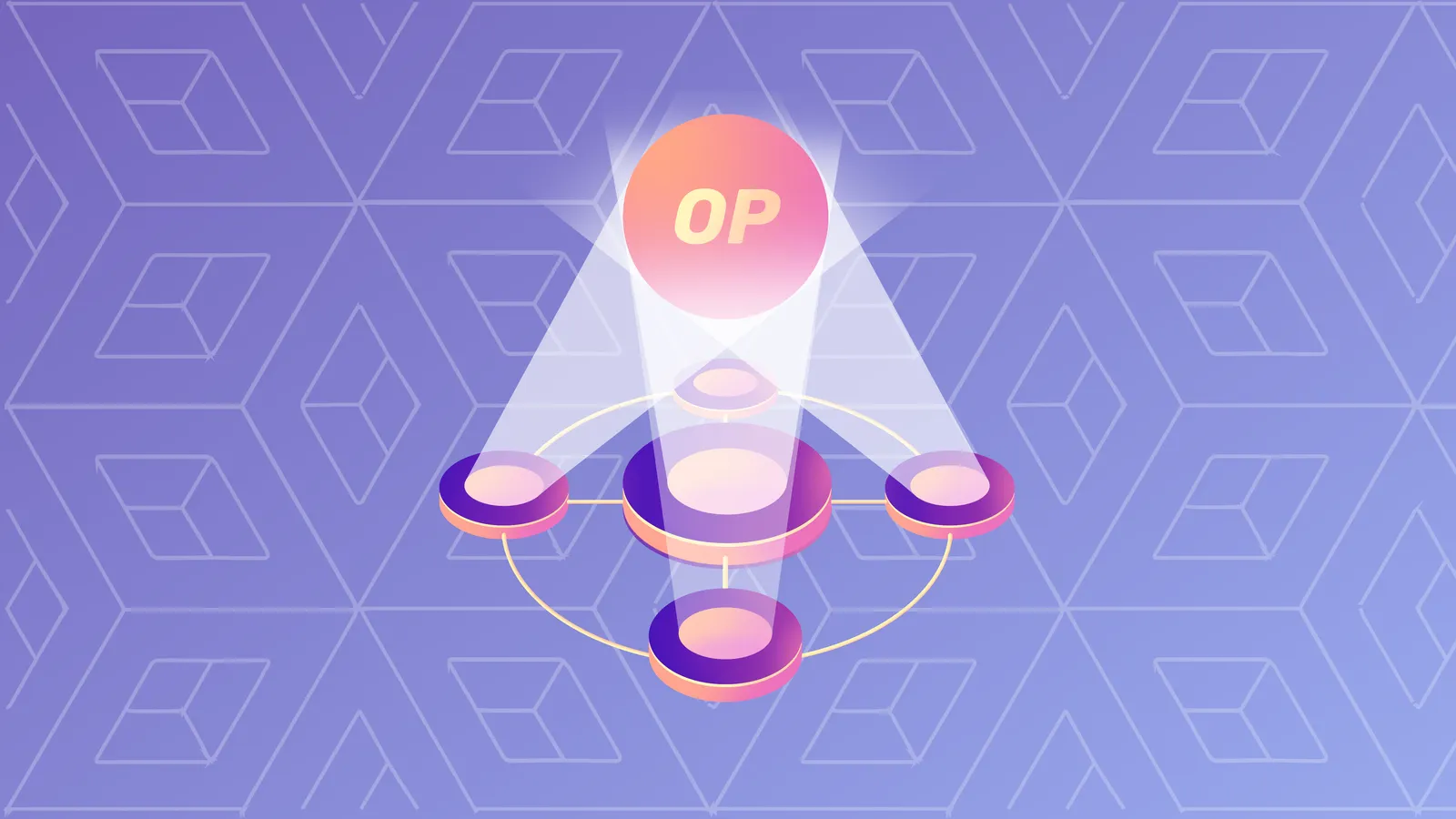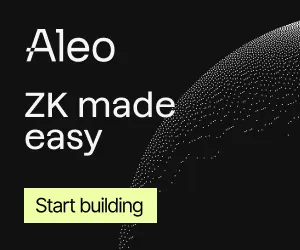In brief
- Optimism is an scaling solution for the Ethereum blockchain.
- It uses optimistic rollups to process transactions in batches, reducing gas fees.
Ethereum has grown to become the second largest cryptocurrency by market capitalization, thanks largely to its support for smart contracts—which underpins a growing ecosystem of decentralized applications (dapps) and decentralized finance (DeFi) platforms.
But it suffers from a problem: it’s slow and expensive to use, thanks to persistently high transaction fees. While the Ethereum fraternity waits for the roll-out of planned upgrades to the network that will address these issues, scaling solutions have emerged to make Ethereum transactions faster and cheaper.
Optimism is one such scaling solution.
What is Optimism?
Optimism speeds up Ethereum transactions and cuts their costs by settling them on another blockchain using advanced data compression techniques.
The special sauce to Optimism’s scaling methodology is in its name: it uses a technique called optimistic rollups, whereby multiple transactions are ‘rolled up’ into one transaction, settled on another blockchain, with receipts fed back to the main Ethereum blockchain.
👩💻 Protocol 👩💻
We've picked up a ton from our time spent designing, building, and operating an optimistic rollup.
The lessons learned will be synthesized in the protocol's next major milestone: what we’re referring to for now as ‘OP 1.0’.
— Optimism (✨🔴_🔴✨) (@optimismPBC) January 31, 2022
Optimistic rollups are a type of rollup that ‘optimistically’ assumes all transactions in the rollup are valid. This saves time, since individual transactions do not have to be submitted with direct proof of their validity. Validators in the rollup have a week to query the entire rollup if they believe that it contains fraudulent data.
A dashboard on Dune Analytics indicates that Optimism cuts Ethereum transaction fees (also known as gas fees) by a staggering 129 times. It’s supported by DeFi platforms like Synthetix and Uniswap. Per Dune Analytics, Optimism secures about $740 million of on-chain value, as of March 2022, down from slightly over $1 billion in January.
Optimism was introduced in June 2019, and a testnet was released in October 2019. It wasn’t until January 2021 that an alpha mainnet launched, and it took until October 2021 for Optimism to launch a version of the Alpha mainnet that was compatible with the Ethereum Virtual Machine. An open mainnet launched in December 2021.
How Optimism works
Optimism is basically a big append-only list of transactions. All of its rolled-up blocks are stored on an Ethereum smart contract called the Canonical Transaction Chain.
Unless a user submits their transaction directly to the Canonical Transaction Chain, new blocks are produced by something called a sequencer. This sequencer instantly confirms valid transactions, then creates and executes blocks on Optimism’s layer 2—a blockchain that sits atop the L1 blockchain, in this case Ethereum.
These blocks are the ‘rollups’—batches of Ethereum transactions. The sequencer compresses this data even further to reduce the size of the transaction (and thus save money), then submits transaction data back to Ethereum.
Optimism’s layer 2 software is designed to mimic Ethereum’s code as much as possible. It uses, for instance, the same virtual machine as Ethereum, and charges for gas in the same way (albeit at a lower rate, thanks to its optimistic rollup solution).
Because Ethereum and Optimism are so similar under the hood, you can send any ERC-20 asset—a cryptocurrency compliant with the generic Ethereum token standard—between the two networks.
What’s so special about Optimism?
Optimism is best understood as one of several solutions trying to address Ethereum’s state-bloat problem. The Ethereum network is fit to burst, and until upgrades to the main blockchain save the day, scaling solutions like Optimism allow Ethereum’s decentralized finance industry to grow and remain usable by those who can’t afford its high transaction fees.
The protocol isn’t the only scaling solution to use optimistic rollups. Arbitrum and Boba Network also use the technique to help Ethereum users save on fees. Zero-knowledge rollups, another popular type of rollup, are used by Loopring, Immutable X and ZKSync.
Like Arbitrum, Optimism doesn’t have a native cryptocurrency to pay for gas fees. It uses ETH—just like Arbitrum. And like Arbitrum, Optimism is in beta, and is not yet fully decentralized.
How to use Optimism
To use Optimism, you’ll have to deposit your ETH or ERC-20 tokens to the Optimism token bridge. This allows you to transact on Ethereum through Optimism. You can convert your tokens back to the Ethereum mainnet once you’re finished.
In order to deposit your tokens, you’ll have to deposit them through the Optimism Gateway. You can connect to the Gateway through a Web3 wallet, like MetaMask. Deposits take about twenty minutes, and MetaMask quoted us $18 in fees to transfer 1 ETH.
Optimism advised that it would take a week and $52.72 to withdraw the funds. This delay is a feature of the week-long challenge time baked into Optimism’s optimistic rollup.
Once you’ve deposited funds on Optimism, you can use them within supported decentralized applications. Uniswap, for instance, allows you to trade through Optimism to save on fees. All you have to do is select Optimism from the menu of networks; then, you can trade as normal.

The future of Optimism
Optimism has plenty of funding to carry its work forward; in March 2022, it closed a $150 million Series B funding round led by Andreessen Horowitz and Paradigm, which saw the startup valued at $1.65 billion. Its roadmap includes updates to the Optimism protocol, such as a next-generation fault proof, sharded rollups and a decentralized sequencer.
That last one is a biggie: While the project is in beta, the team maintains a degree of control over the sequencer—the technology responsible for creating blocks on Optimism.
Optimism has historically been more centralized than Ethereum—whose developers do not possess the capability to, for instance, pause the blockchain or whitelist certain validators.
However, Optimism took a big step toward decentralization in April 2022, launching a DAO, called the Optimism Collective, to fund public goods and govern the protocol. It also began airdropping newly created OP tokens to Optimism users and others who could help push the DAO—and Optimism's decentralized future—forward.




